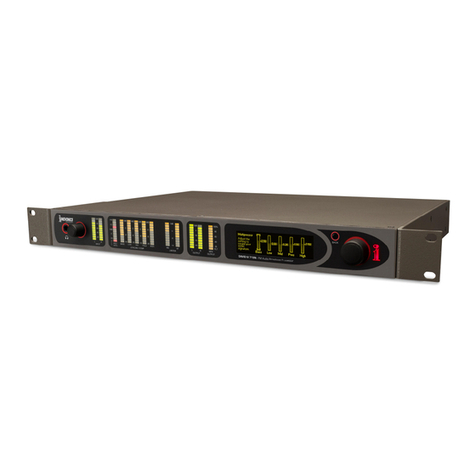Inovonics 215 Manual
Other Inovonics Computer Hardware manuals
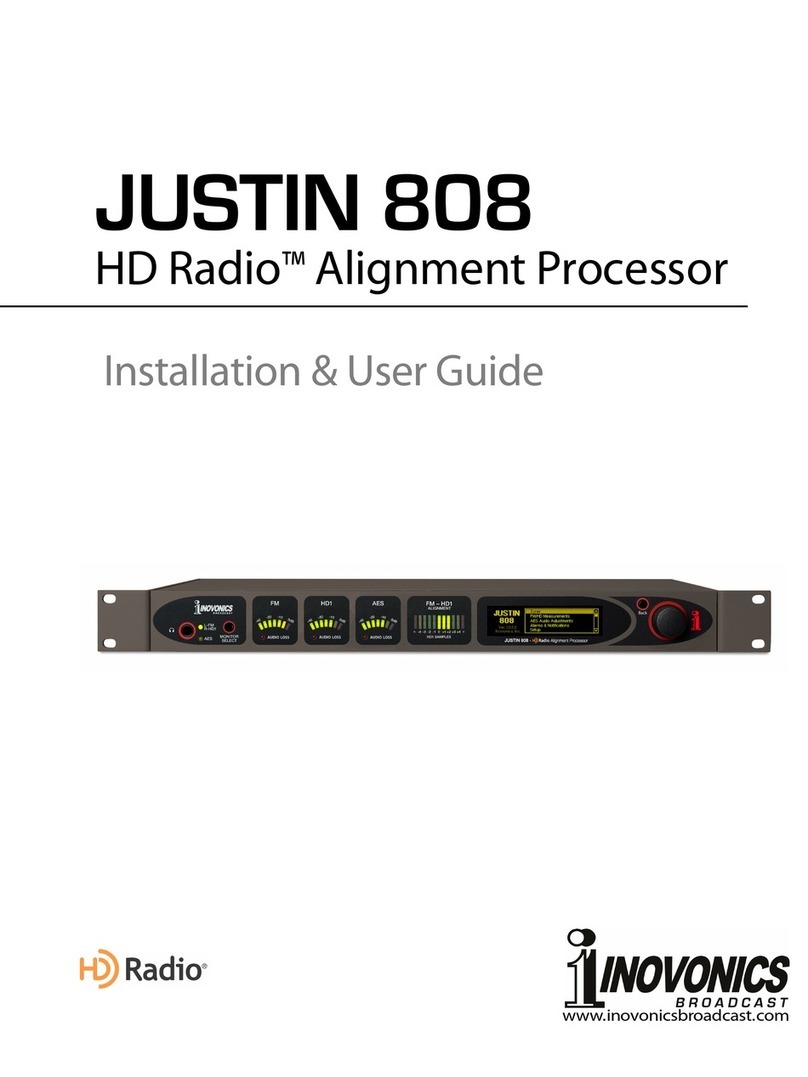
Inovonics
Inovonics JUSTIN 808 Operation manual
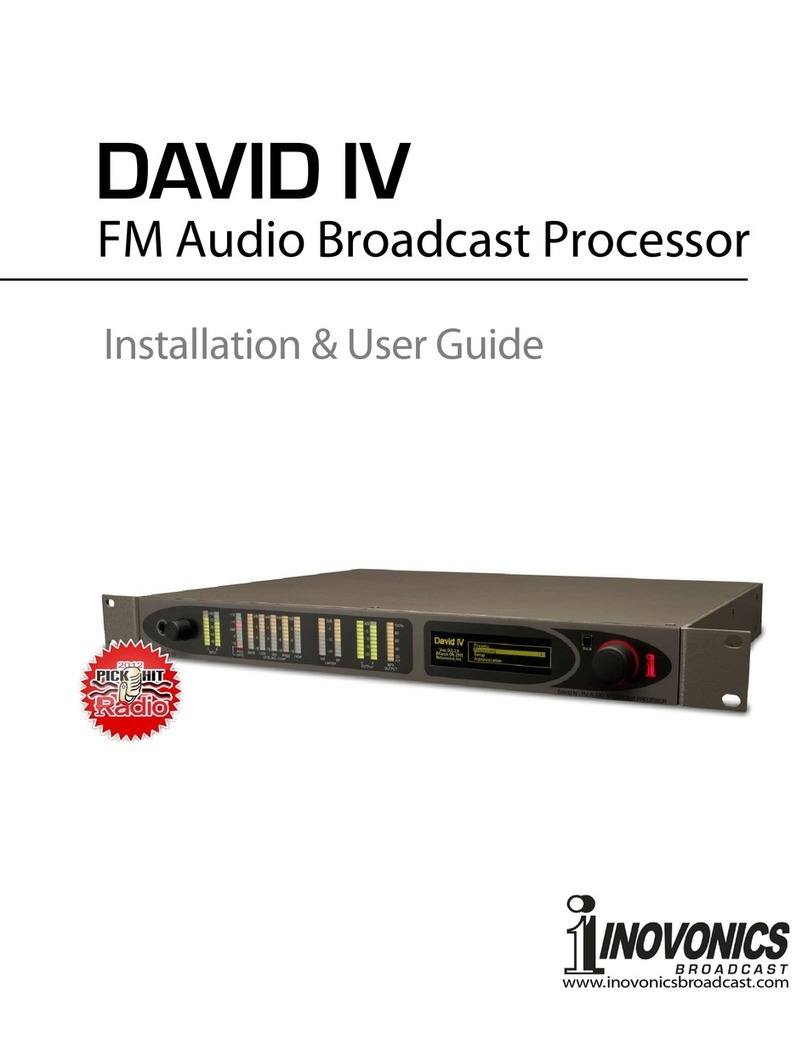
Inovonics
Inovonics David IV Operation manual

Inovonics
Inovonics 230 User manual

Inovonics
Inovonics NOVIA 272 Operation manual

Inovonics
Inovonics 222 Manual

Inovonics
Inovonics David IV Operation manual
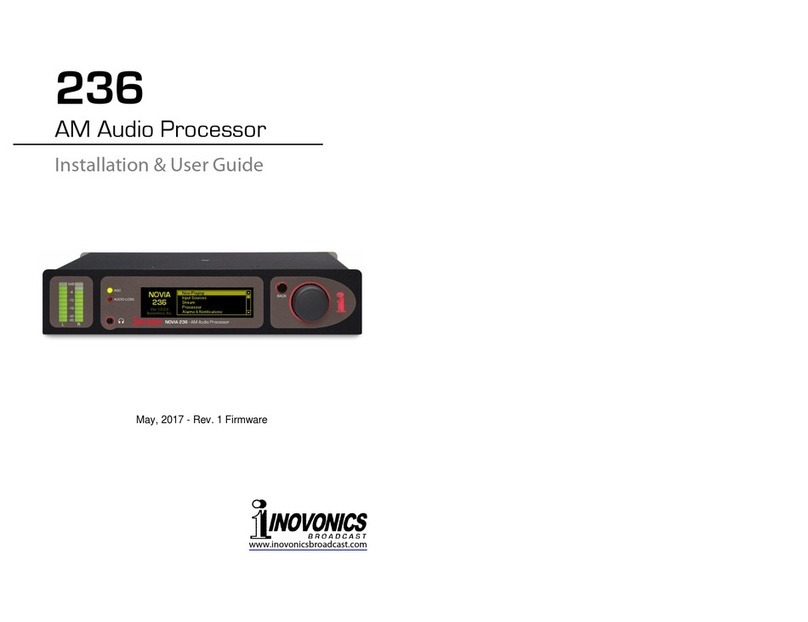
Inovonics
Inovonics 236 Operation manual

Inovonics
Inovonics 719 Operation manual
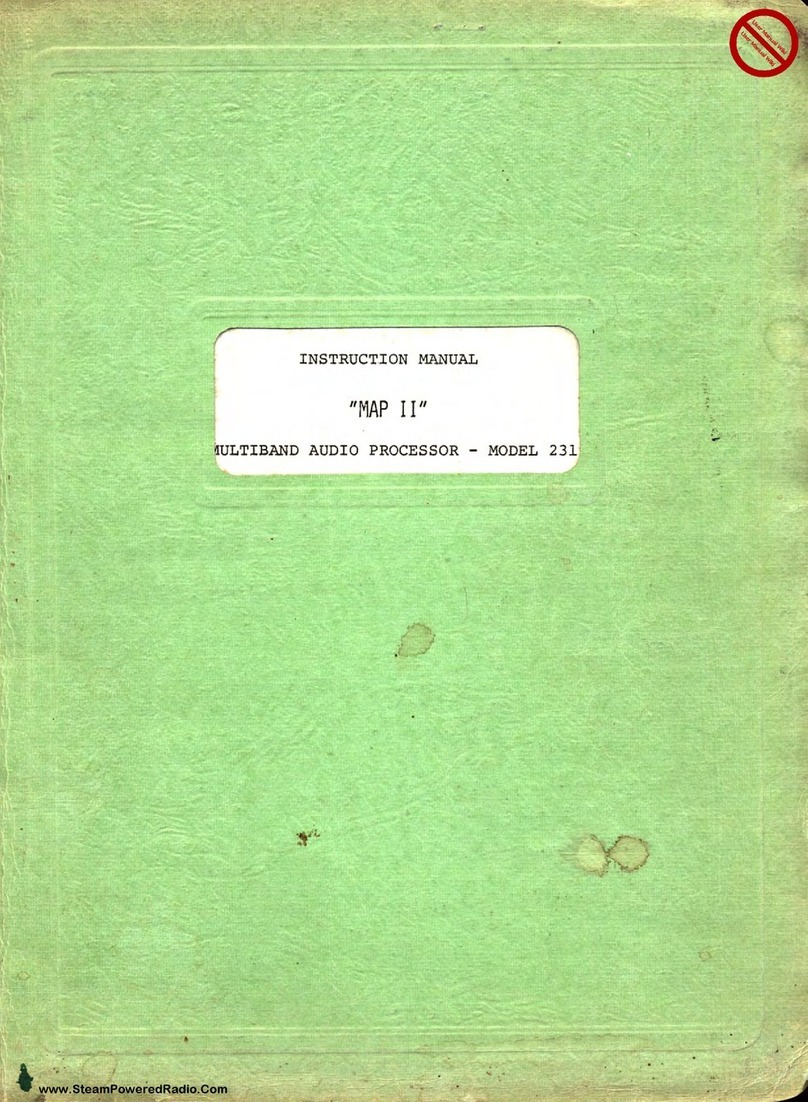
Inovonics
Inovonics MAP II 231 User manual

Inovonics
Inovonics 261 Manual
Popular Computer Hardware manuals by other brands

Toshiba
Toshiba TOSVERT VF-MB1/S15 IPE002Z Function manual

Shenzhen
Shenzhen MEITRACK MVT380 user guide

TRENDnet
TRENDnet TEW-601PC - SUPER G MIMO WRLS PC CARD user guide

StarTech.com
StarTech.com CF2IDE18 instruction manual

Texas Instruments
Texas Instruments LMH0318 Programmer's guide

Gateway
Gateway 8510946 user guide

Sierra Wireless
Sierra Wireless Sierra Wireless AirCard 890 quick start guide

Leadtek
Leadtek Killer Xeno Pro Quick installation guide

Star Cooperation
Star Cooperation FlexTiny 3 Series Instructions for use

Hotone
Hotone Ampero user manual

Connect Tech
Connect Tech Xtreme/104-Express user manual

Yealink
Yealink WF50 user guide

